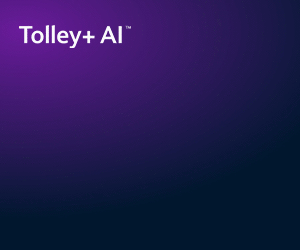Uber is disputing an HMRC VAT assessment of some £386m, reports Tax Policy Associates. This is a further challenge to the way Uber operates in the UK, following its previous settlement in 2022 in respect of unpaid VAT.
Following that settlement, Uber adopted a new approach – charging VAT on supplies of taxi rides but on the basis that those supplies were within the scope of the tour operators’ margin scheme (TOMS). Rather than charging 20% VAT on the full amount of each fare, VAT was applied to the profit from each ride. HMRC now appears to have challenged the use of TOMS and Uber is in the process of appealing.
Uber had also recently pursued the question of whether a licensed operator acts as principal in relation to the supply of services to each passenger, with the High Court confirming that it does – the implication being that other operators will now need to charge and account for VAT on their taxi services, although not addressing the question of whether this would be at 20% on the whole fare or only on the margin. It does mean that, whatever happens in the Uber TOMS case, the wider private hire industry will be affected. If Uber loses on the TOMS point, taxi operators will need to start charging 20% VAT on the entire fare – except for bookings made directly with the driver (where the driver would be making the supply rather than the operator) which, as Dan Neidle points out, would seem ‘a very distortive result’.
Whatever happens in the courts, the government could decide to act by changing the law. Neidle raises several possible options including restricting TOMS, or reducing the VAT registration threshold so that most/all taxi fares are subject to VAT regardless of whether they are booked via an app or direct with the driver. Bringing most businesses into VAT could also allow for a VAT rate cut.
Uber is disputing an HMRC VAT assessment of some £386m, reports Tax Policy Associates. This is a further challenge to the way Uber operates in the UK, following its previous settlement in 2022 in respect of unpaid VAT.
Following that settlement, Uber adopted a new approach – charging VAT on supplies of taxi rides but on the basis that those supplies were within the scope of the tour operators’ margin scheme (TOMS). Rather than charging 20% VAT on the full amount of each fare, VAT was applied to the profit from each ride. HMRC now appears to have challenged the use of TOMS and Uber is in the process of appealing.
Uber had also recently pursued the question of whether a licensed operator acts as principal in relation to the supply of services to each passenger, with the High Court confirming that it does – the implication being that other operators will now need to charge and account for VAT on their taxi services, although not addressing the question of whether this would be at 20% on the whole fare or only on the margin. It does mean that, whatever happens in the Uber TOMS case, the wider private hire industry will be affected. If Uber loses on the TOMS point, taxi operators will need to start charging 20% VAT on the entire fare – except for bookings made directly with the driver (where the driver would be making the supply rather than the operator) which, as Dan Neidle points out, would seem ‘a very distortive result’.
Whatever happens in the courts, the government could decide to act by changing the law. Neidle raises several possible options including restricting TOMS, or reducing the VAT registration threshold so that most/all taxi fares are subject to VAT regardless of whether they are booked via an app or direct with the driver. Bringing most businesses into VAT could also allow for a VAT rate cut.







